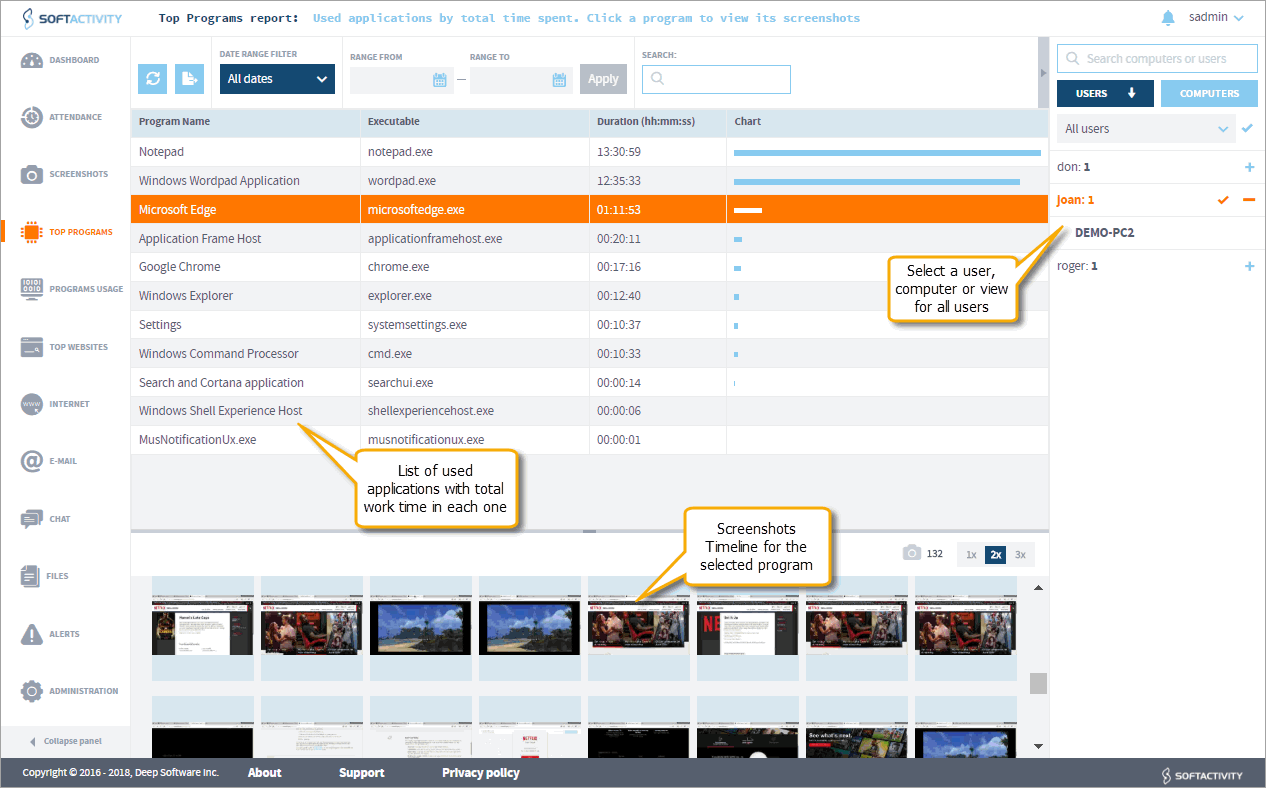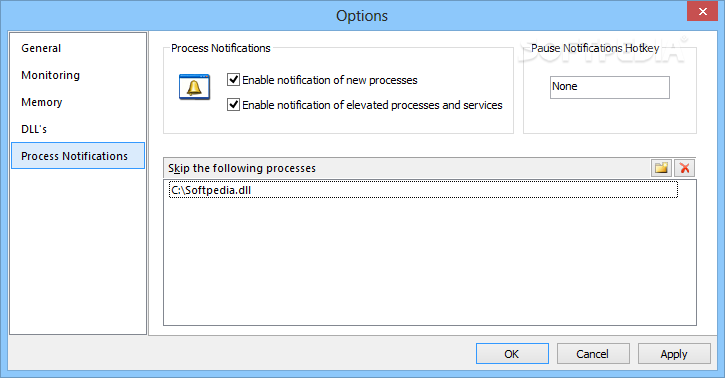


While in Safe Mode, I checked the Intel RAID monitoring software which was rebuilding the array.
#WINDOWS RAID MONITOR SOFTWARE WINDOWS 10#
The drive is no longer available to the operating system. I eventually identified that with the failed drive disconnected, and after multiple attempts to boot, (Windows frequently freezing at the chasing dots stage), Windows 10 would start in Safe Mode (not a straight forward task these days). Creating a Windows Software Raid (Skip if Raid exists) 1.1 Convert Hard disks into dynamic disks So in case you have no Software Raid configured yet, open the Computer Management und go to the Disk Management. Inoperable: One or more drives are missing from the FortiAnalyzer unit.Degraded: The hard drive is no longer being used by the RAID controller.Then click on the line RAID 5 volume and also click 'Next'. From the list provided, select 'Create Volume'.

To get started, go to Disk Management and right-click on one of the dynamic disks designed to create a RAID 5.
#WINDOWS RAID MONITOR SOFTWARE HOW TO#
Verifying: The FortiAnalyzer unit is ensuring that the parity data of a redundant drive is valid. How to set up a RAID 5 Windows 10 via Disk Management.Initializing: The FortiAnalyzer unit is writing to all the hard drives in the device in order to make the array fault tolerant.The FortiAnalyzer unit is not fully fault tolerant until rebuilding is complete. Rebuilding: The FortiAnalyzer unit is writing data to a newly added hard drive in order to restore the hard drive to an optimal state.Ready: The hard drive is functioning normally.Identifies the disk number for each disk.ĭisplays the status of each disk in the RAID array. Shows information about each disk in the RAID array. When you change the RAID settings, all data is deleted.ĭisplays the overall status of the RAID array.ĭisplays the total size of the disk space, how much disk space is used, and how much disk space is free. Hover the cursor over each disk to view details.Ĭlick Change to change the selected RAID level. Shows summary information about the RAID array.ĭisplays the position and status of each disk in the RAID array. For more information see Alert Messages Console widget. The Alert Message Console widget, located in System Settings > Dashboard, provides detailed information about RAID array failures. It also shows the status, size, and model of each disk in the RAID array. The RAID Management pane displays the RAID level, status, and disk space usage. Create, monitor, and manage RAID 0/1/4/5/1+0 (10) volumes on Mac or Windows. To view the RAID status, go to System Settings > RAID Management. It is able to convert a single linux system disk in to a software raid 1.


 0 kommentar(er)
0 kommentar(er)
